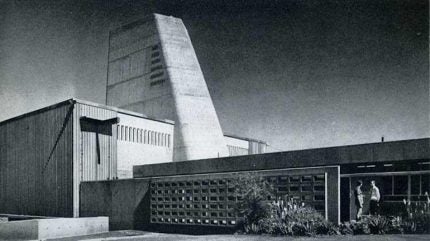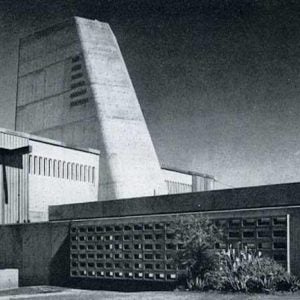
South Africa’s Safari-1 research reactor’s 60th year of operation at Pelindaba was celebrated by the Nuclear Energy Corporation of South Africa (Necsa). As one of the world’s key commercial producers of medical and industrial radioisotopes, Safari-1 is currently licenced to operate until 2030. Necsa believes Safari-1 could be a sustainable operational irradiation facility beyond 2030, pending an engineering assessment supported by ageing management programme.
However, in 2021 the government approved construction of a new Multipurpose Reactor as a replacement. Minister of Electricity and Energy Kgosientso Ramokgopa recently announced a budget allocation of ZAR1.2bn ($66m) towards the new reactor, which is currently awaiting final parliamentary approval.
The 20 MWt tank-in-pool Safari-1 reached first criticality in 1965 with a capacity of 6.67 MWt. Since then it has undergone several power uprates and been converted to use low-enriched uranium fuel and low-enriched uranium targets for isotope production. It is also used for activation analyses, material modification (such as the neutron transmutation doping of silicon for the semi-conductor industry) and provides support services such as neutron radiography and neutron diffraction for both industry and research.
Ramokgopa acknowledged that the budget allocation would not be sufficient to fund the new reactor project, adding that Necsa would need additional funding. However, he noted that national financing is constrained, “so we must find bespoke financing, we must find partners who will not just bring money, but technological know-how, and when we bring it together with ours, the sum is greater than the whole of its parts”.
In addition, a national contest will be held to choose a name for the new reactor. “We will not call it the MPR … we must give it a name,” he said. “We will run this contest so that South Africans can embrace it and know that it is their’s.”
Meanwhile, the ageing management programme of Safari-1 will continue as a programme to the end-of-life, said Necsa. “Evaluations of reactor core-component and plant life extension criteria will continue in order to keep focus on the Ageing Management Programme future upgrades, modifications and maintenance requirements whereby SAFARI-1’s safe and sustainable long-term availability continues.” However, life beyond Safari-1 – another Multi-Purpose Reactor (MPR) – will be the future objective for Necsa.






